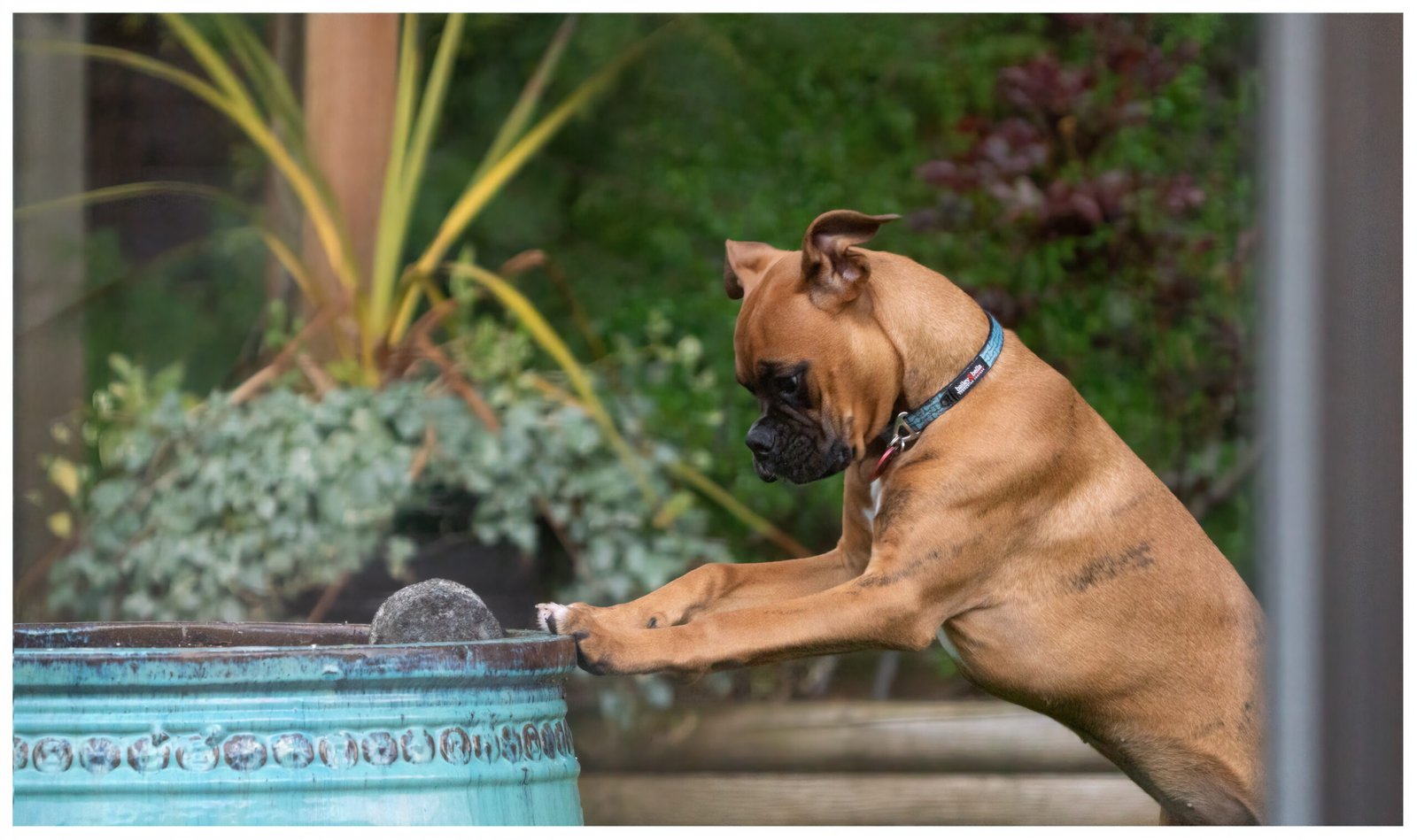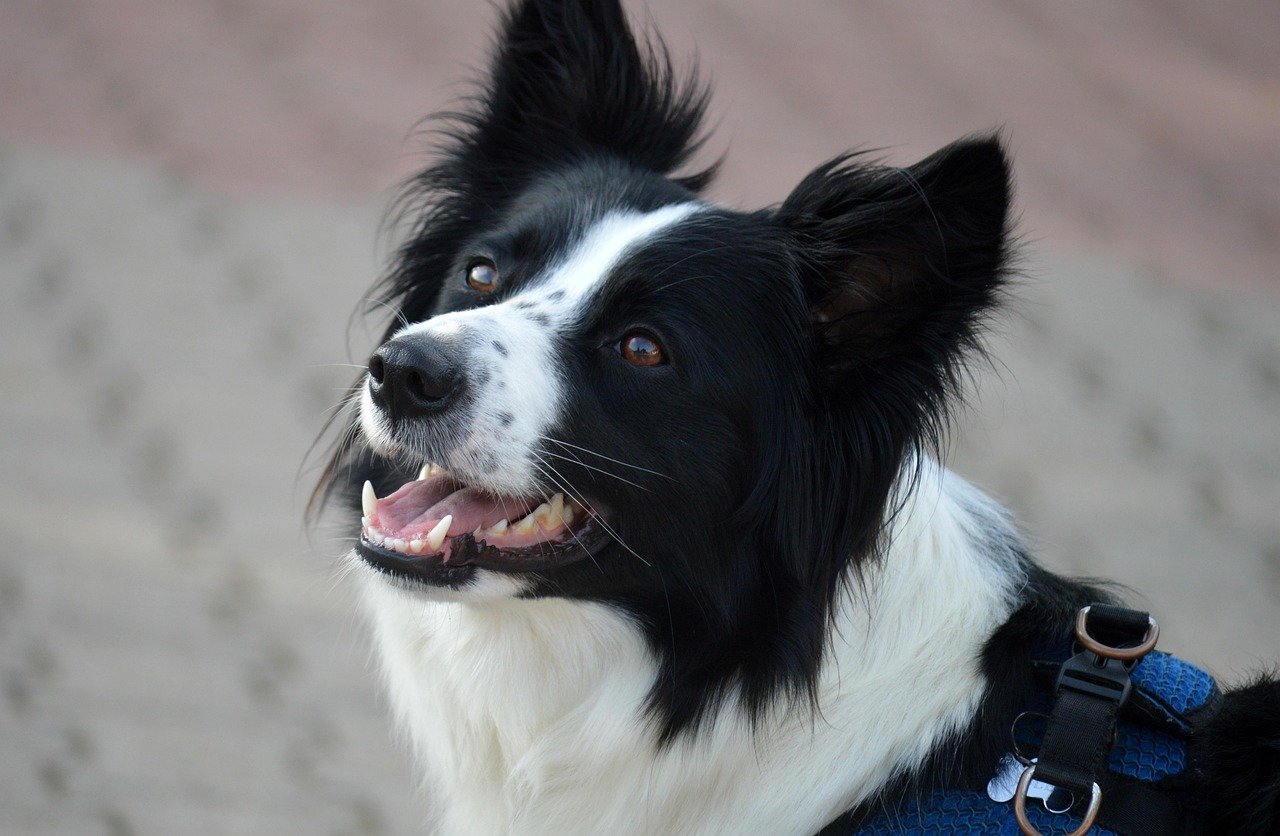Have you ever walked through a shelter and locked eyes with a dog who looked like he was waiting for someone who never came back? It’s heartbreaking, isn’t it? The surprising truth is, many of the dogs in shelters today belong to breeds that could have easily been kept out of those kennels—if only people had known what they were getting into. From bouncy Boxers to misunderstood Pit Bulls, the stories behind these dogs are often filled with preventable mistakes, rushed decisions, or misunderstood behaviors. Let’s take a closer look at 15 dog breeds that frequently end up in shelters for reasons that simply didn’t have to happen.
Pit Bull Terrier

Pit Bulls are one of the most misunderstood and unfairly judged breeds. Their muscular build and energetic personality are often mistaken for aggression, when in reality, most Pit Bulls are just bundles of love. Sadly, many people adopt them without understanding their need for proper training, socialization, and a strong, loving leader. When these needs aren’t met, owners can feel overwhelmed and give up.
Another preventable reason Pit Bulls end up in shelters is due to breed-specific legislation or housing restrictions. Families sometimes have to surrender their beloved pets because their new apartment or city doesn’t allow Pit Bulls. If more people took time to research local laws and truly learned about the breed’s loving nature, countless Pit Bulls could stay in forever homes.
Labrador Retriever

It might shock you to learn that America’s favorite family dog is also one of the most surrendered. Labradors are known for their playful spirit and boundless energy, which is exactly why many people bring them home. But that energy demands a lot of exercise and mental stimulation. When Labs don’t get enough activity, they can become destructive or hyperactive, leading frustrated owners to give them up.
Labradors also tend to develop behavioral problems when left alone for too long. Many families don’t realize Labs can suffer from separation anxiety, resulting in chewed-up furniture or constant barking. A bit of research and a commitment to their needs would keep these happy tails wagging in family homes, not shelter cages.
German Shepherd

German Shepherds are famous for their loyalty and intelligence. They’re working dogs at heart, eager to please and quick to learn. But with that intelligence comes a need for structure and purpose. People often adopt German Shepherds for their looks or reputation, without realizing how much training and mental stimulation they require.
Many German Shepherds wind up in shelters because their owners can’t keep up with their energy or fail to address their natural instincts. Without proper outlets, these dogs can develop anxiety, aggression, or destructive habits. An informed owner who’s ready to engage both mind and body could easily prevent these beautiful dogs from ending up behind shelter bars.
Boxer

Boxers are clownish, loving, and absolutely full of beans. Their goofy antics can bring endless laughter to a home, but their high energy isn’t for everyone. Many people underestimate just how much exercise a Boxer needs, thinking a quick walk will do. When Boxers don’t get enough physical activity, they can become hyperactive or even destructive.
Another preventable issue is their stubborn streak. Boxers need patient, consistent training from someone who understands their personality. Without it, they might develop behavioral issues, leading owners to surrender them. If more people took the time to learn about this breed’s unique needs, fewer Boxers would be left waiting for a second chance.
Chihuahua

Tiny but mighty, Chihuahuas often end up in shelters because their small size leads people to believe they’re easy pets. In reality, Chihuahuas can be demanding, vocal, and fiercely loyal, sometimes to the point of being possessive. Many owners are unprepared for their bold personalities and the training required to manage them.
Another common issue is that people treat Chihuahuas more like accessories than living creatures. When the novelty wears off or their big personalities become too much, these little dogs are often surrendered. A bit more understanding and respect for their needs would keep more Chihuahuas out of shelters and in loving arms.
Dachshund
Dachshunds are adorable and full of spunk, but they come with quirks that catch many people off guard. Their stubbornness can make training a challenge, especially for first-time dog owners. When Dachshunds don’t get the guidance they need, they may develop behavioral problems like excessive barking or even aggression.
Back problems are another preventable reason Dachshunds land in shelters. Their long bodies make them prone to spinal injuries, especially if they jump off furniture. Many owners aren’t aware of these risks, leading to costly vet bills and, sadly, surrendered pets. With better education and care, more Dachshunds could enjoy their lives at home.
Jack Russell Terrier

Jack Russells are tiny dynamos with endless energy. People often bring them home because of their cute looks, not realizing they’re getting a dog bred for relentless activity and problem-solving. When Jack Russells get bored, they can become escape artists or develop destructive habits.
Their high intelligence also means they need constant mental stimulation. If left alone too much or not given enough to do, they’ll find their own entertainment—often at their owner’s expense. Many Jack Russells are surrendered simply because their owners underestimated how much attention and exercise they need, a problem that’s entirely preventable with the right expectations.
Beagle

Beagles are famous for their sweet faces and merry personalities, but they’re also known for their stubborn streak. Their strong sense of smell can make walks a challenge, as they’ll often follow their nose right out of a yard or leash. Many owners don’t realize how much patience and secure fencing Beagles require.
Beagles are also prone to separation anxiety and can be noisy when left alone. Their baying isn’t for everyone, and some people surrender them because of complaints from neighbors. With a little preparation and understanding, however, Beagles can be wonderful family companions who never have to see the inside of a shelter.
Siberian Husky

Siberian Huskies are stunning, with their wolf-like looks and ice-blue eyes. But their beauty comes with some serious challenges. Huskies are escape artists, needing secure yards and tons of exercise. Many people adopt them for their appearance without understanding their need for daily, vigorous activity.
Huskies can also be very independent and stubborn, making training a challenge for inexperienced owners. Without proper outlets for their energy and instincts, they become destructive or try to run away. If more people understood the breed’s unique requirements, far fewer Huskies would end up abandoned or surrendered.
Rottweiler

Rottweilers are powerful, loyal, and deeply affectionate with their families. Unfortunately, their strength can be intimidating, and they need experienced handlers who can give them consistent training from the start. Many people adopt Rottweilers for protection, only to find themselves unprepared for the responsibility.
A lack of socialization is another preventable issue. Rottweilers thrive when introduced to a variety of people and experiences early on. Without this, they can develop fear or aggression, leading to surrender. Responsible ownership and education could keep these devoted dogs out of shelters and in the homes they deserve.
American Bulldog
American Bulldogs are big, goofy, and full of love. Their muscular appearance can be deceiving, as they’re often giant lap dogs at heart. However, their size and strength require an owner who can handle their exuberance. Many Bulldogs end up in shelters because their families didn’t realize just how much daily exercise and discipline they need.
Another preventable reason is lack of training. These dogs can be stubborn and independent, so consistent boundaries are key. When owners fall short, Bulldogs can develop unwanted behaviors that lead to surrender. A little extra knowledge and preparation could dramatically change their fate.
Border Collie

Border Collies are often called the Einsteins of the dog world. Their intelligence and energy make them incredible partners but also a handful for the unprepared. People often adopt them for agility or herding, not realizing how much mental stimulation they demand every single day.
When Border Collies don’t have a job or enough to do, they’ll find their own work—often herding children, chasing cars, or creating chaos. Many are surrendered when owners can’t meet their needs, but with proper planning and commitment, these dogs can thrive in active, engaged homes.
Cocker Spaniel

Cocker Spaniels are sweet-natured and adorable, but they come with grooming and social needs that many owners underestimate. Their beautiful coats require regular maintenance, which can become overwhelming or expensive. When neglected, matting and skin issues can arise, prompting some owners to surrender them.
Behavioral issues can also surface if Cockers aren’t socialized properly. They can become anxious or reactive, especially if treated harshly. With a gentle hand and regular care, these loving dogs can be the perfect companions, far from the shelter’s stressful environment.
Australian Shepherd

Australian Shepherds are vibrant, intelligent, and always ready for action. But their energy can easily overwhelm someone looking for a laid-back pet. Aussies need daily physical and mental challenges, or they can develop destructive and neurotic behaviors.
Another common, preventable reason for surrender is their strong herding instinct. Without proper direction, Aussies may nip at kids or chase anything that moves. Many owners are unprepared for this trait, but with the right training and understanding, these remarkable dogs can thrive in busy, active households.
Shih Tzu

Shih Tzus are adorable with their fluffy faces and gentle eyes, but their grooming needs can be daunting. Many people adopt them for their looks, not realizing how much daily brushing and regular trips to the groomer are required. When coats become matted or health issues arise, overwhelmed owners may surrender them.
Shih Tzus also crave attention and companionship. If left alone for long periods, they can become anxious or develop behavioral problems. With a bit more education about their needs, many Shih Tzus could enjoy long, happy lives in their original homes instead of ending up in shelters.
Many of the dogs that end up in shelters aren’t there because they’re bad pets—they’re there because of preventable mismatches between their needs and their owners’ expectations. The 15 breeds we’ve covered often require more time, training, space, or patience than people anticipate. With proper education, realistic planning, and a commitment to long-term care, many of these heartbreaking surrenders could be avoided. Choosing a dog means more than falling for a cute face—it means understanding the full picture of what that breed needs to thrive. When you make informed, compassionate choices, you’re not just saving a dog—you’re building a lasting bond.






